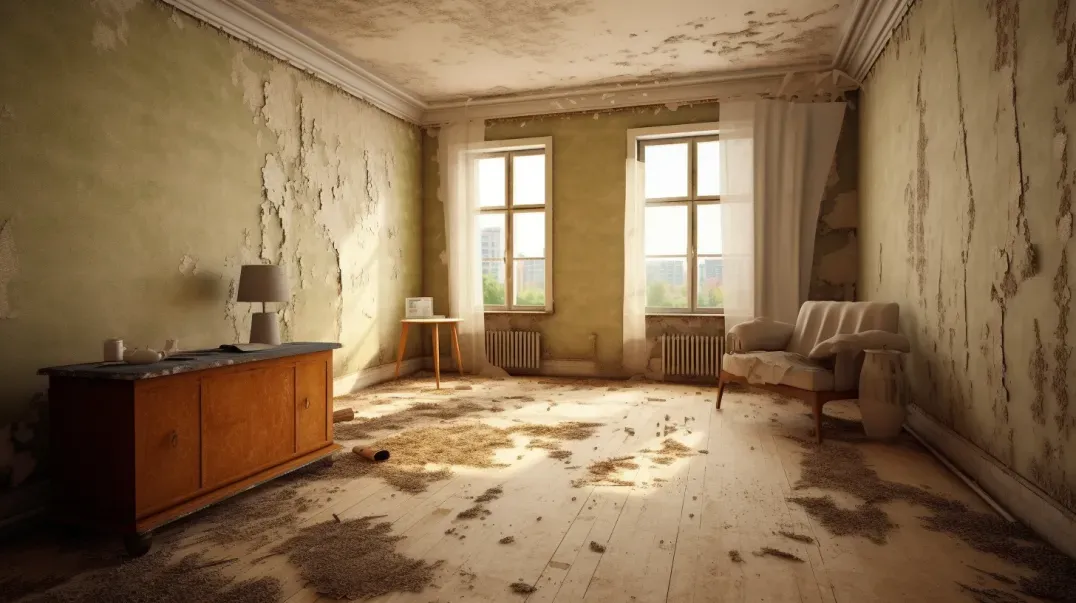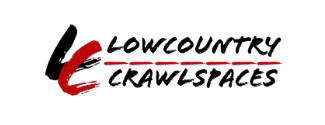Essential Equipment Used in Professional Mold Remediation
In today's indoor environments, mold growth can pose significant health risks and structural damage. The importance of professional mold remediation cannot be overstated when it comes to ensuring the safe and effective removal of mold. Professional remediation services are equipped with the necessary tools, knowledge, and expertise to address mold issues comprehensively, preventing recurrence and safeguarding the health of occupants.
Mold spores can spread rapidly, and without proper handling, they can contaminate other areas of a home or building. Professionals follow stringent guidelines to contain and eliminate mold, using advanced techniques and equipment to remove mold at its source. This meticulous approach not only eliminates visible mold but also addresses hidden growth, which can often go unnoticed by untrained eyes.
Furthermore, professional mold remediation ensures that the air quality within the environment is restored, significantly reducing the risk of respiratory issues and other health problems associated with mold exposure. By opting for professional services, property owners can be confident that the remediation process will be thorough, efficient, and in compliance with industry standards, thereby maintaining a healthy living or working environment.
Personal Protective Equipment (PPE)
Types of PPE
When it comes to mold remediation, the use of Personal Protective Equipment (PPE) is crucial for safeguarding the health and safety of workers. Essential PPE for mold remediation includes:
- N-95 Respirators: These respirators filter out 95% of airborne particles, providing protection against inhaling mold spores and other harmful particles. They are vital for protecting the respiratory system of remediation workers.
- Gloves: Gloves, typically made of nitrile or latex, protect the skin from direct contact with mold and potentially hazardous cleaning agents used in the remediation process. They prevent skin irritation and contamination.
- Goggles: Protective goggles shield the eyes from mold spores and chemical splashes. Since mold spores can cause severe eye irritation or infections, goggles are essential for eye safety.
- Full-Body Suits: These suits, often made from Tyvek or other impermeable materials, cover the entire body to prevent mold spores from contaminating clothing and skin. They also help in reducing the spread of mold spores to other areas.
Each piece of PPE plays a specific role in ensuring that mold remediation workers are not exposed to harmful mold spores and chemicals, thereby preventing health issues and cross-contamination.
PPE Safety Standards
The effectiveness of PPE relies heavily on adherence to established safety standards. In the United States, the Occupational Safety and Health Administration (OSHA) sets forth guidelines and standards that PPE must meet to ensure maximum protection:
- OSHA Standards: PPE must comply with OSHA standards, which outline the requirements for equipment design, testing, and use. These standards ensure that the equipment provides adequate protection against identified hazards in the workplace.
- Proper Fit and Maintenance: To ensure PPE provides the intended level of protection, it is crucial that it fits properly. Ill-fitting PPE can lead to exposure to hazardous substances. Additionally, regular maintenance and inspections are necessary to ensure that PPE remains in good working condition and continues to provide effective protection.
Maintaining these standards is critical for the safety of workers involved in mold remediation, helping to mitigate health risks and ensure a safe working environment.
By understanding and utilizing the appropriate types of PPE and adhering to safety standards, mold remediation professionals can effectively manage the hazards associated with mold removal, ensuring their safety and the safety of those around them.
Air Quality Control Equipment
Air Scrubbers
Air scrubbers are essential devices in mold remediation, designed to clean the air by removing mold spores and other particulates. These machines operate by drawing in contaminated air and passing it through a series of filters. The most effective air scrubbers use High-Efficiency Particulate Air (HEPA) filters, which are capable of capturing particles as small as 0.3 microns with 99.97% efficiency. HEPA filters are critical in trapping airborne mold spores, ensuring that the air released back into the environment is clean and safe.
Air scrubbers work continuously during the remediation process, maintaining air quality and preventing the spread of mold spores to unaffected areas. Their role is pivotal in creating a safer environment for both the remediation workers and the occupants of the building.
Negative Air Machines
Negative air machines are another crucial component in mold remediation, used to create negative pressure environments. These machines are set up to draw air out of a contained area, preventing contaminated air from escaping and spreading mold spores to other parts of the building. The air is typically filtered through HEPA filters before being exhausted outside, ensuring that no spores are released back into the indoor environment.
The setup of negative air machines involves sealing the affected area with plastic sheeting to create a controlled environment. The negative pressure generated ensures that any airborne mold spores are captured and filtered out, significantly reducing the risk of cross-contamination. Operating negative air machines requires careful monitoring and maintenance to ensure they function correctly throughout the remediation process, providing an effective barrier against the spread of mold.
By employing air scrubbers and negative air machines, mold remediation professionals can maintain high indoor air quality and prevent the dissemination of mold spores, ensuring a thorough and effective remediation process.
Moisture Control Tools
Dehumidifiers
Industrial-grade dehumidifiers play a crucial role in mold remediation by maintaining low humidity levels, which is essential in preventing mold regrowth. These powerful devices extract moisture from the air, lowering the overall humidity in the affected area. By doing so, they create an environment that is inhospitable to mold spores, which thrive in damp conditions. Effective dehumidification ensures that the moisture content remains at levels that inhibit mold growth, thus safeguarding the area from future mold issues.
Selecting the right dehumidifier involves considering the size of the area and the extent of moisture present. For larger spaces or areas with high humidity, more robust and high-capacity dehumidifiers are necessary to achieve the desired dryness. The criteria for choosing an appropriate dehumidifier include its capacity to remove moisture per day, energy efficiency, and suitability for the specific environmental conditions of the remediation site.
Moisture Meters
Moisture meters are indispensable tools in detecting unseen moisture within walls, ceilings, and other structures during mold remediation. These devices allow professionals to identify areas with elevated moisture levels that are not visible to the naked eye, ensuring a thorough remediation process.
There are different types of moisture meters, each serving specific applications:
- Pin-Type Moisture Meters: These meters use two pins that are inserted into the material to measure its moisture content. They are highly effective in providing precise readings of moisture levels in wood, drywall, and other building materials.
- Pinless Moisture Meters: These devices use electromagnetic sensors to detect moisture content without penetrating the material. They are ideal for quickly scanning large areas and for use on surfaces where pinholes would be undesirable.
- Infrared Moisture Meters: Utilizing infrared technology, these meters can detect moisture through temperature variations on surfaces. They are particularly useful for identifying moisture behind walls and other hard-to-reach areas without any invasive procedures.
By using moisture meters, remediation professionals can accurately pinpoint moisture sources and ensure that all affected areas are adequately dried, thus preventing mold from returning and ensuring a successful remediation process.
By incorporating dehumidifiers and moisture meters into their toolkit, mold remediation professionals can effectively manage and control moisture, addressing one of the primary factors in mold growth and ensuring a comprehensive remediation strategy.
Mold Removal Equipment
HEPA Vacuums
HEPA vacuums are a cornerstone of mold removal, designed to safely remove mold particles from surfaces without releasing them back into the air. These vacuums use High-Efficiency Particulate Air (HEPA) filters, which can capture particles as small as 0.3 microns with 99.97% efficiency. This high level of filtration ensures that mold spores and other contaminants are effectively contained within the vacuum, preventing them from spreading to other areas.
Proper maintenance and handling of HEPA vacuums are crucial to their effectiveness. Regularly checking and replacing HEPA filters, ensuring that seals and connections are intact, and cleaning the vacuum thoroughly after each use are essential practices. By adhering to these maintenance protocols, remediation professionals can ensure that the vacuums perform optimally, providing a safe and clean environment during and after mold removal activities.
Chemical Foggers
Chemical foggers are used to apply antimicrobial and disinfectant solutions in hard-to-reach areas, making them an effective tool in mold remediation. These devices disperse a fine mist of chemicals that can penetrate nooks and crannies, surfaces, and even the air, effectively killing mold spores and preventing further growth.
Using chemical foggers requires adherence to strict safety precautions to protect both the operators and the environment. It is important to ensure that the area is properly ventilated and that the personnel operating the foggers wear appropriate personal protective equipment, including respirators and gloves. Additionally, operators should follow manufacturer guidelines for the concentration and application of chemical solutions to maximize efficacy and minimize health risks.
Effective use of chemical foggers in enclosed environments involves sealing off the area to contain the fog and allowing sufficient time for the chemicals to settle and work. This ensures thorough coverage and treatment of the affected space, helping to achieve a comprehensive mold remediation.
By integrating HEPA vacuums and chemical foggers into their mold removal toolkit, remediation professionals can tackle mold infestations more effectively, ensuring thorough cleaning and disinfection while maintaining safety and air quality.
Chemicals and Solutions
EPA-Approved Biocides and Antimicrobials
In mold remediation, the use of EPA-approved biocides and antimicrobials is fundamental to effectively eliminate mold and prevent its regrowth. These chemicals serve various purposes, such as disinfecting surfaces, killing mold spores, and inhibiting future mold growth. Common biocides used in mold remediation include sodium hypochlorite (bleach), hydrogen peroxide, and quaternary ammonium compounds. Each of these chemicals is selected based on the specific needs of the remediation site and the type of mold present.
Application methods for these chemicals vary, including spraying, fogging, and wiping surfaces. The choice of method depends on the extent of mold contamination and the surfaces being treated. For instance, spraying is often used for large areas, while wiping is suitable for targeted cleaning of smaller surfaces.
When selecting and applying mold remediation chemicals, legal and health considerations are paramount. It is essential to comply with EPA regulations and ensure that the chemicals used are approved for indoor mold remediation. Additionally, safety measures must be in place to protect workers and occupants from exposure to potentially hazardous chemicals. Proper ventilation, use of personal protective equipment (PPE), and adherence to recommended application procedures are critical to minimizing health risks.
Eco-Friendly Alternatives
As awareness of environmental impact grows, eco-friendly alternatives for mold remediation chemicals are becoming increasingly popular. These greener options often utilize natural ingredients and biodegradable compounds that are less harmful to the environment and human health. Examples of eco-friendly mold remediation products include tea tree oil, vinegar, baking soda, and botanical-based antimicrobials.
The benefits of using eco-friendly products in professional mold remediation are significant. They reduce the risk of chemical exposure for both workers and building occupants, making the remediation process safer. Additionally, these products often have a lower environmental footprint, contributing to sustainability efforts. Despite their natural composition, many eco-friendly mold remediation products are highly effective at killing mold and preventing its return, providing a viable alternative to traditional chemical treatments.
By incorporating EPA-approved biocides and antimicrobials, as well as eco-friendly alternatives, mold remediation professionals can address mold issues comprehensively and responsibly. This balanced approach ensures effective mold removal while prioritizing health and environmental safety.
FAQs
Contact Lowcountry Crawlspaces Today!
Lowcountry Crawlspaces will do everything we can to ensure your experience with us is excellent.
Request A FREE Estimate
CHECKOUT RECENT POST
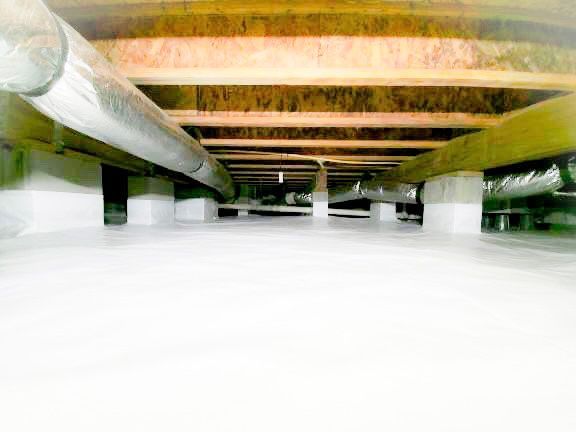
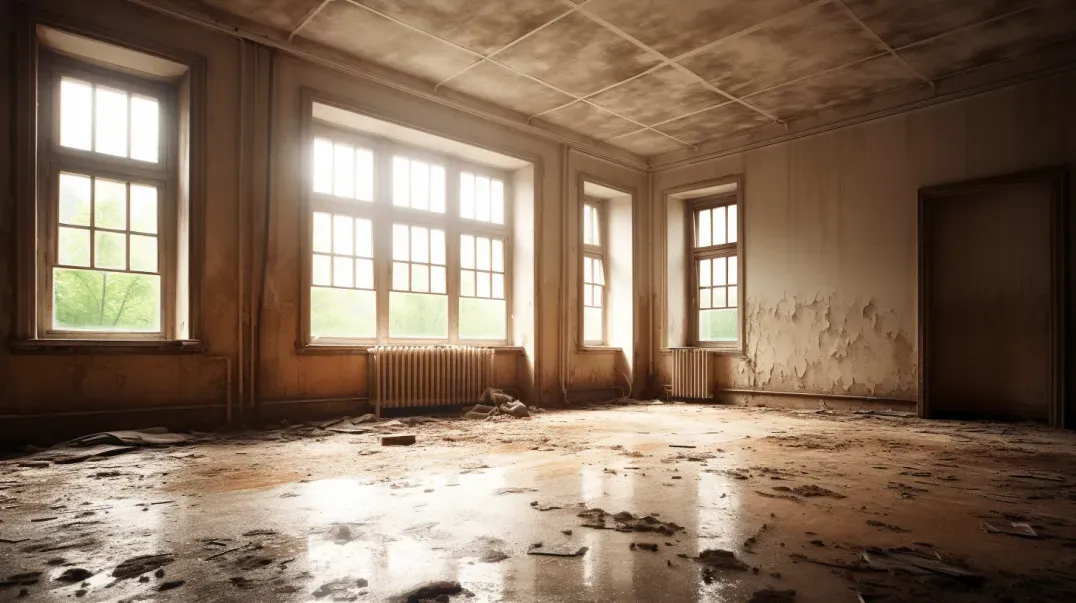
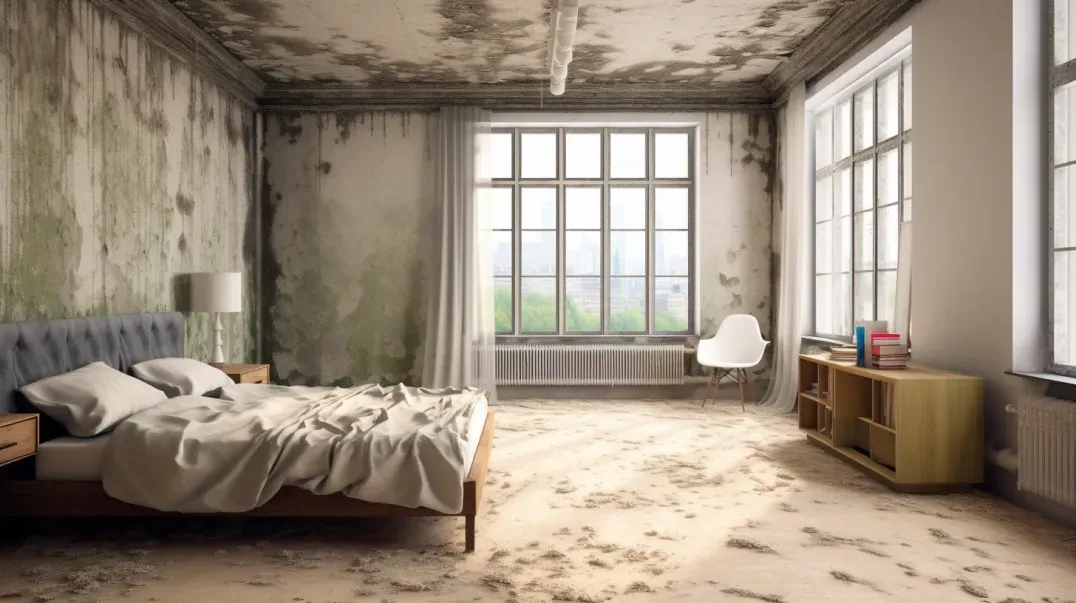
Schedule Your FREE Crawl Space Evaluation Today
There Is No Crawl Space Job We Can’t Fix!



